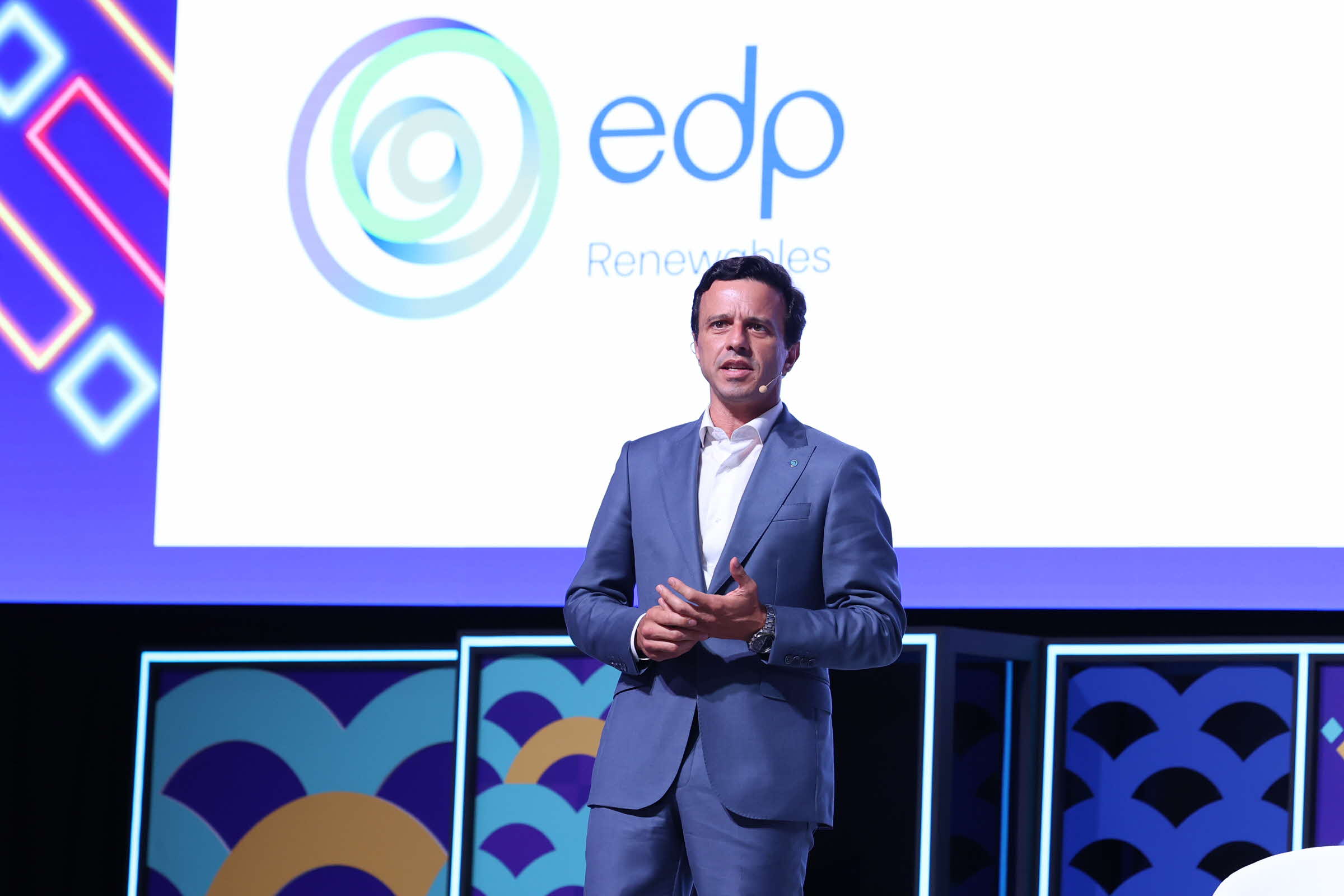As the shift towards renewables continues to gain momentum, Miguel Fonseca, CEO at EDP Renewables APAC, highlighted five critical factors that can accelerate the energy transition.

He outlined how these five factors — regulatory stability, grid reinforcements, streamlined permitting, regional interconnectivity, and social acceptability — are vital for achieving ambitious sustainability goals and fostering a more resilient energy future.
Regulatory stability
Establishing a stable regulatory environment is fundamental for attracting investments in renewable energy. Governments must set clear, ambitious targets for net-zero emissions to guide stakeholders. Mr Fonseca said a simple yet robust regulatory framework ensures that investors can plan for the long term, minimising uncertainties that could hinder development.
Grid reinforcements
Investment in grid infrastructure is crucial for the successful integration of renewable energy sources. Current estimates indicate a significant underinvestment in grids. Without reinforcing the grid, the cost of deploying green energy will rise, undermining economic growth. Enhanced grid capacity allows for better management of energy supply and demand, facilitating the transition to renewables. By prioritising grid upgrades, countries can ensure a reliable energy supply, support the integration of diverse renewable sources, and ultimately reduce costs for consumers.
Streamlined permitting for renewables
The permitting process for renewable energy projects often takes significant time, creating bottlenecks that delay progress. Streamlining the permitting process is essential to reduce bureaucracy and accelerate project timelines, according to Mr Fonseca.
A simplified and efficient permitting framework can significantly enhance the pace of renewable development, allowing projects to move from conception to execution more swiftly. In turn, stakeholders can ensure that renewable energy assets are deployed rapidly, meeting the urgent demand for cleaner energy solutions.
Regional interconnectivity
Interconnectivity plays a vital role in maximising the potential of renewable energy sources across different regions. By enabling countries to share excess renewable generation, regional interconnectivity enhances energy security and reduces costs.
Mr Fonseca also highlighted how collaborative frameworks can allow nations to optimise their energy resources, leading to greater resilience and reliability in supply. Effective interconnection can facilitate the energy transition by leveraging shared resources, thus enhancing overall energy efficiency and security in the region.
Social acceptability
Achieving social acceptability is essential for the success of renewable energy projects. Community engagement from the early stages fosters transparency and trust, ensuring that stakeholders understand the environmental impacts and benefits of projects. Effective communication about job creation and long-term cost advantages of renewable energy is also crucial, Mr Fonseca added.
The pathway to a sustainable energy future hinges on a multi-faceted approach that encompasses regulatory stability, grid reinforcements, streamlined permitting, regional interconnectivity, and social acceptability. By focusing on these key areas, stakeholders can accelerate the energy transition, foster collaboration, and ultimately achieve ambitious sustainability targets.
Stay tuned as the conversation evolves throughout the day. Follow @SIEW_sg on Telegram and Twitter for key insights, as we navigate Day 1 together.